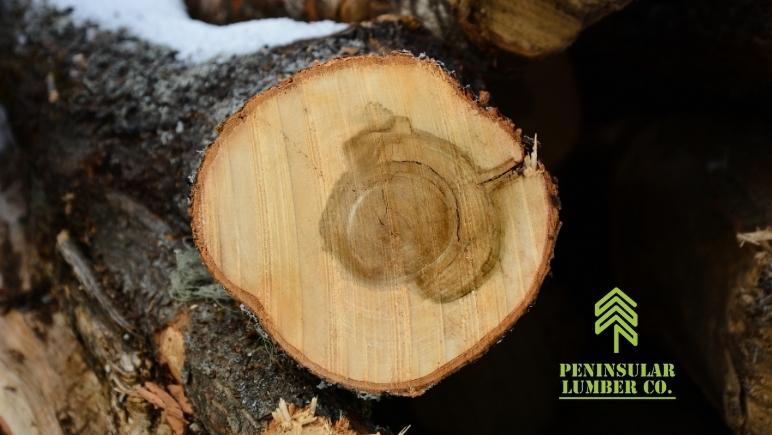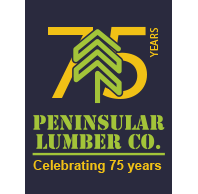Should you use hard maple lumber or soft maple for your next project?
The maple tree is one of the most widely distributed species in North America, growing in nearly every region. It is also one of the most popular hardwood trees used for different applications, particularly in construction. This wood comes in two main varieties: hard maple lumber and soft maple lumber, each ideal for different uses.
Generally, the word “hard” refers to the fact that these maples are denser than other maple species. This makes them suitable for furniture, flooring, and other heavy-duty uses. Soft maples do not exhibit the same hardness but still have the natural beauty coming from the wood.
Read more to find out more about the specific differences between hard and soft maple.
Wood Species
There are many distinct maple species, some of which are hard and some are soft.
Hard maple typically refers to two maple tree species: sugar maple (Acer saccharum) and black maple (Acer nigrum). These variants are all native to Canada and the northeastern United States. As mentioned earlier, hard maple lumber is a popular choice for hardwood flooring, furniture, billiard cues, and other finished wood goods due to its sturdiness.
As for soft maples, common wood species include silver maple (Acer saccharinum), Box elder (Acer negundo), Bigleaf maple (Acer macrophyllum), and red maple (Acer rebrum). Since this form of wood is more workable, thanks to their lower density, they are best used for pallets, railroad cross ties, crates, boxes, veneers, and novelty items.
Appearance & Colors
Soft maple is lighter in color and has a more reddish tone than hard maple. It means that you can use this type of wood for tasks where colors are desired or needed. For example, they work particularly well to create wall decorations inside your home or building furniture pieces with lighter shades.
That said, others prefer hard maple lumber since its blackness helps hide scratches better when compared to soft maple. This tends to show imperfections more visibly without regular maintenance.
While hard and soft maple have distinct looks, they have different applications. For example, if you want to stain your wood, the lighter hue of the soft maple will show through in places where stains do not usually reach, so it may not look as uniform with the grain.
Tolerance to Wear and Tear
Hard maple lumber is more challenging than soft maple since it is denser and harder. It is designed to withstand high traffic areas within your home, such as corridors and stairwells. However, hard maples are not as resistant to water damage as soft maples, making them unsuitable for items like kitchen cabinets that may get wet.
Regarding durability, the natural material of hard maples can hide bothersome scratches more effectively than softer maples. So, if you want your piece to last for a long time without staining or scratching too often, you can opt for hard maple.
Soft maple, on the other hand, is usually straight-grained. It is more resistant to dampness and water damage because of its lower density. It also stains better since the color does not permeate some spots, resulting in unsightly blotches.
Generally, soft maple is less suitable for children’s furniture since it scratches easily, and the last thing you want is to keep on replacing your furniture. Common examples of furniture made with soft maple would be kitchen cabinets, musical instruments, and doors.
Cost
Soft maple is usually more expensive than hard maple, but this does not mean it is the better option in all cases. Regarding quality, hard maple has a tighter grain pattern than soft maple, making it more durable and water-resistant.
Since a tight wood grain does not dull blades as quickly as softer wood, it also offers excellent edge retention for cutting boards. In fact, many craftspeople prefer working with hard maple over soft maple for these reasons. You can think of it this way—hard maple may come at a higher cost, but you also get better quality in return.
Because of its availability, hard maple tends to cost more in larger quantities, whereas you can find soft maple at a lower price and in smaller amounts.
Get Quality Maple Lumber from a Top Lumber Company Today
Hard maple and soft maple species come with pros and cons, to the right choice ultimately depends on what you plan to do with the lumber you purchase. Peninsular Lumber can assist you if you need help choosing maple lumber for your next project. We are a top lumber company in Tampa offering the highest quality wood for all your needs. Contact us today at 813-875-8805 and let us know what you are looking for!



